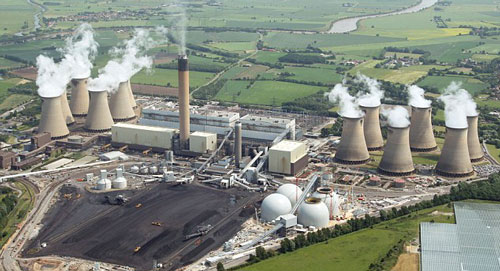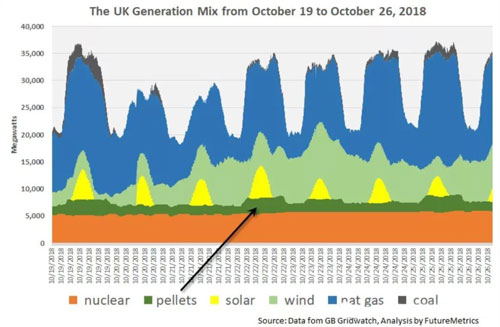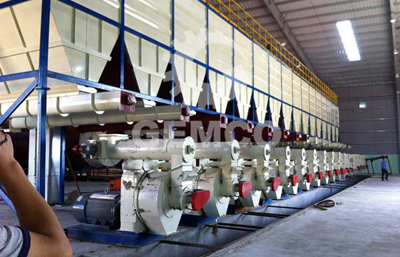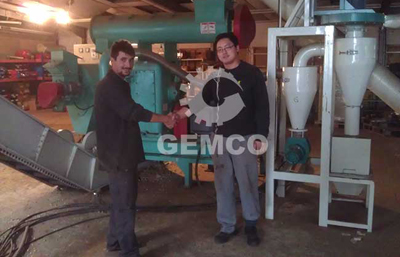Why do more coal power plants turn to biomass fuel?
Biomass is known as the fourth largest energy resource after coal, oil and natural gas. It is a trend that renewable energy will take the place of fossil fuel, and biomass fuel will be the major alternative. Currently, biomass fuel take up 73% of all renewable energy.
Why biomass energy has wide application?
The volume of biomass resource is large and easy to obtain. Every year the biomass energy produced by photosynthesis is up to 173 billion ton, amounting to 10-20 times the global power consumption, but only 3% have been utilized. It includes wood, agriculture and forestry waste, aquatic plant, oil plant, animal waste, and urban organic garbage. There remains great potential to develop.
The feature of biomass fuel meet the market demand. All kinds of energy have to be used in these 3 fields: heating, electricity, and traffic. According to the global energy consumption structure: heating takes up 50%, electricity generation 20%, and traffic 30%. So heating is the largest energy market. Biomass fuel, as the only renewable energy, can be stored and transported to meet various heating market.

Biomass fuel has high energy conversion technology and industrialization degree. It can replace fossil fuel in the field of power generation, heating, and traffic. This is the unique advantage of biomass over other renewable energy.
Biomass energy is a kind of chemical energy. It has similar characters as fossil fuels. So we replace fossil fuel with biomass fuel without changing existing energy infrastructures. In this regard, biomass energy is more economical than other new energies.
What drive the use of biomass energy?
In Europe, biomass energy takes up the largest market among all renewable energy. Besides the advantages of biomass energy, Europe also takes measures to drive the use of biomass energy. Such experience worth learning by other countries.
Carbon tax policy. As reviewed by Europe industry insiders, they have 2 method to drive the use of biomass energy. The first is subsidy and administrative regulations, represented by Germany. The government provide subsidy to renewable energy. Meanwhile, it sets a high on-grid price for biomass power generation, which will be spread over to ultimate consumers. But with more consumers unwilling to undertake these expenses, Germany’s biomass energy industry faces shrinking.
The other method is market regulation and administrative subsidy, represented by Sweden. It lay high tax on fossil fuel so as to increase the advantages of renewable energy. Biomass fuels have to compete with fossil fuels and other renewable energies in an open market. For decades of practice, biomass energy have taken up large market in Sweden and Northern Europe.
Construction of industry standard and norms. Develop third party to ensure the healthy and orderly development of the industry. Sweden has built perfect industry standard and regulations since 20 years’ ago. EU unified Germany, Sweden standard, which is supervised and implemented by a third party organization.

Establish cooperation with colleges and institutes. As a new industry, biomass energy involves agriculture, forestry, mechanic, chemical, material, and automatic control. So it is necessary to build a development platform crossing schools, subjects, and fields. For example, Sweden biomass energy innovation platform is composed of 6 colleges and several companies, and have achieved rich results.
Case: England coal power plants adopt wood pellet fuel
Currently, Drax power plant contributes most of electricity in England. It has 6 645MW power generator sets, with 4 of them converted to wood pellet fuel. Besides, the 396MW Lynemouth power plant has transformed from coal to wood pellets.
The chart below shows the generation mix in England in a week. We can find that the wind power is small in the first few days, and the solar power is unavailable at night. Wood pellets make some contributes for the peakload, so as to reduce the comsumption of coal and natural gas. It is the only way to generate renewable thermal power, not affected by uncontrolled variability or intermittency.

The strong biomass output in UK pushed some combined-cycle gas turbines (CCGTs) out of the generation mix. Drax has been enlarging output in peakload period to capture higher price. Biomass output has averaged 2.3GW so far.
As the power generator units of Drax and Lynemouth have converted from coal to biomass, the installed biomass capacity increases by 1.1GW and reaches up to 3.2GW. The CCGT output has averaged 12.4GW, lower than last years’ 13.5GW. These prove that biomass pellet fuel can provide reliable baseload and peaking capacity.
We receive enquiries in English, Español (Spanish), Русский язык (Russian), Français (French) and العربية (Arabic). Our professional team will reply to you within one business day. Please feel free to contact us!




